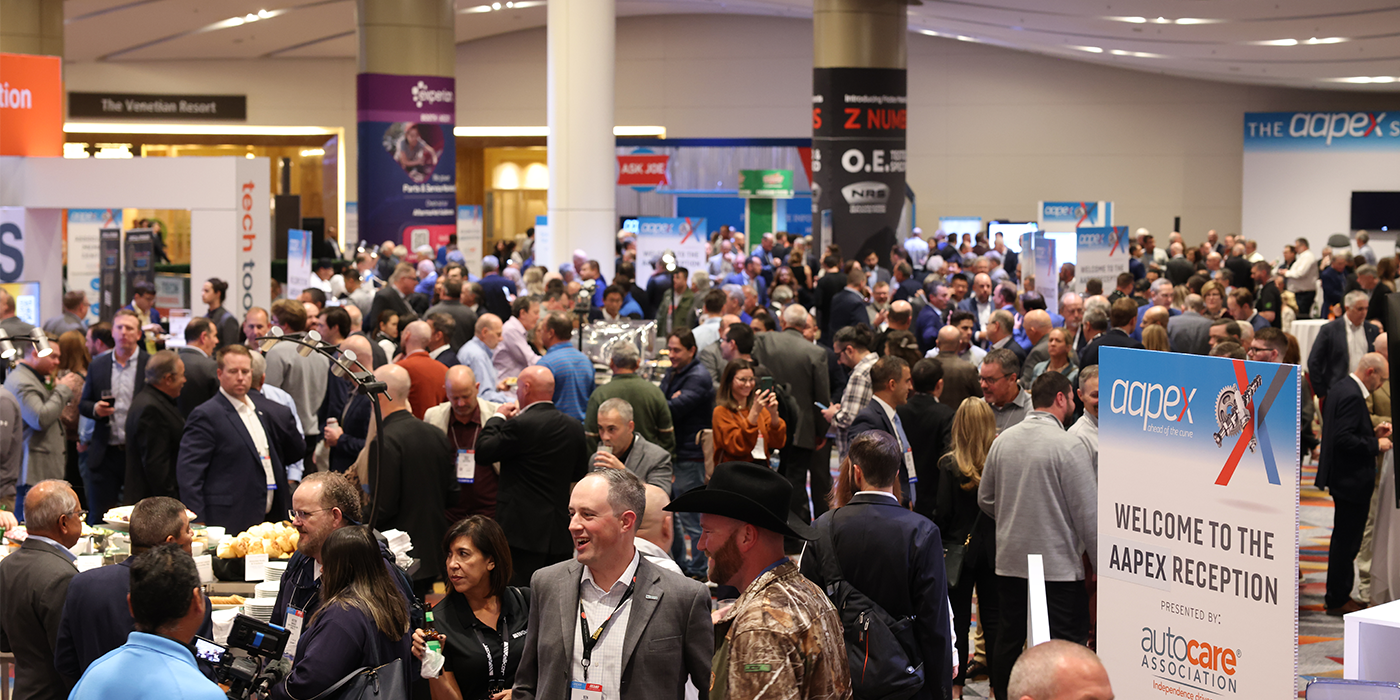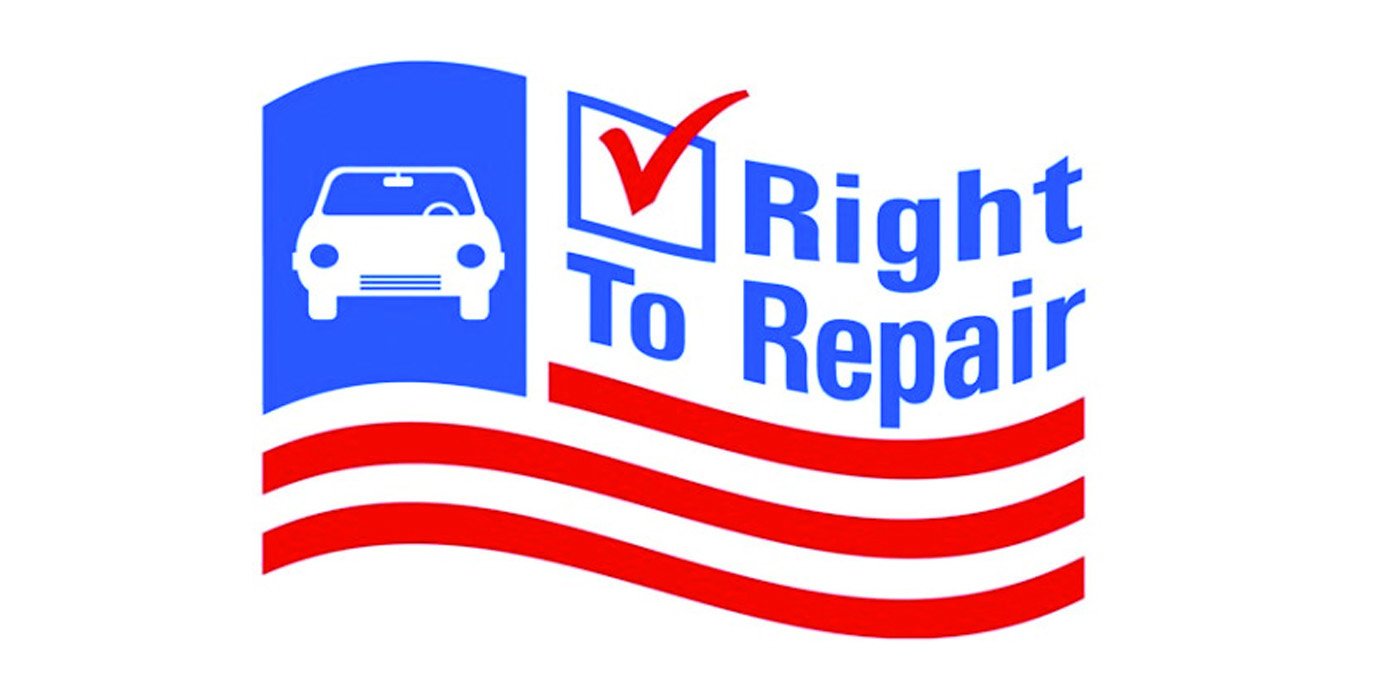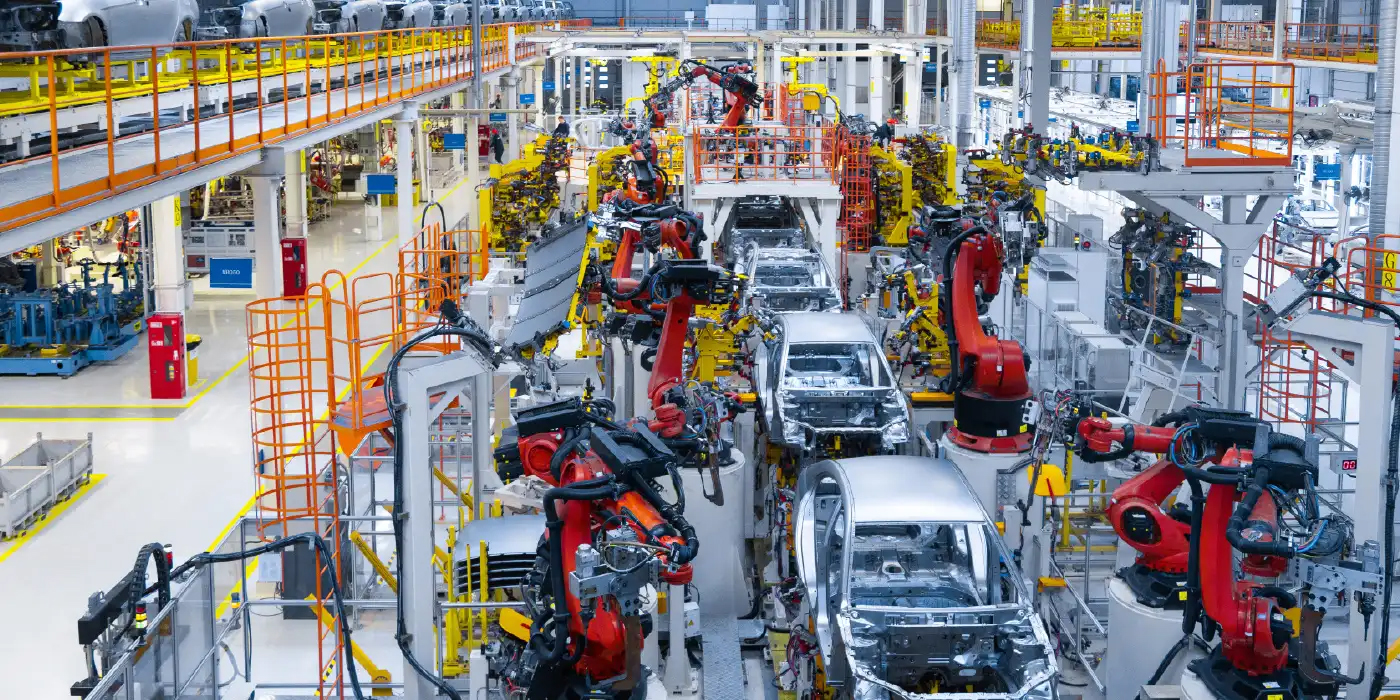by Amy Antenora
Managing Editor, aftermarketNews.com
AKRON, OHIO — Rising prices on raw materials such as steel, petroleum and resins have put a squeeze on many auto parts manufacturers. While we’ve been hearing a lot about it lately, it is still an extremely convoluted matter that goes beyond a simple higher price tag. So, we asked Ann Wilson, MEMA’s vice president of government affairs, to give us a simple breakdown of what’s going on. We also talked to top executives from two leading manufacturers to find out what steps they’ve taken to deal with it. Read on to learn more.
HOW IT ALL STARTED
In 2001, President Bush placed the “201 Tariffs” on steel commodities coming in to the United States. These tariffs were supposed to last three years, however, due to the lobbying efforts of many aftermarket suppliers and associations such as MEMA, President Bush eliminated the tariffs early, at the end of 2003. Still, this proved not to be the solution automotive suppliers were hoping for, said Wilson.
“During 2004, we consistently started hearing from MEMA members, both in the OE and aftermarket segments, that the cost of steel was continuing to climb at astronomical rates, rather than going down or even leveling off,” said Wilson.
“To give you an example, the spot market for hot-rolled steel sheet metal went from $350 a ton in January of 2004 to $660 a ton in December 2004,” she said. “That’s an 88.6 percent price growth. If you have to have hot rolled steel, which many of our members do, that’s is something that you just can’t operate around.”
HOW DID THIS HAPPEN?
One of the reasons were are seeing this dramatic rise in prices is the growing Chinese market, according to Wilson.
“Because of China’s growth, they are using a whole lot of scrap, they are importing a lot of steel for their own consumption,” said Wilson. “The world steel market is extraordinarily robust right now.”
Wilson said the utilization rate for steel in the United States is at 93.8 percent. This means U.S. steel producers are working nearly full-out to produce enough steel to meet demand.
The high cost of steel is not the only issue, however. Quality and availability also play a large role in this current crisis. “Steel comes in different grades and the automotive industry requires a specific grade of steel. If your steel shipment comes in and it’s not acceptable, it’s not as though you can just order it off the shelf,” said Wilson.
In addition, the reorganization of the steel industry that took place over the past decade has left the U.S. with a very small number of steel companies who must work to fulfill the nation’s need. According to Wilson, there are only about two to four steel companies in the U.S. today that manufacturers rely on, and they do 27 percent of the business. On top of this, so called anti-dumping regulations also prohibit the United States from being able to compete in the global marketplace.
“You’ve got a smaller amount of companies doing a larger percent of the business and that makes a difference too,” Wilson said.
MANUFACTURERS GET CREATIVE
According to Dan Daniel, president of ArvinMeritor’s Light Vehicle Aftermarket, steel is the primary commodity his company works with in its exhaust, ride control, filters and gas spring businesses. And just as Wilson pointed out, Daniel noted that most in the industry expected the repealment of the steel tariffs to help.
“Everybody expected that the raw materials market would settle down and that some of the price increases we saw in 2002 and 2003 would come down to more historical levels,” said Daniel. “Well, the exact opposite happened. In early 2004, almost across the board, all of the steel manufacturer’s prices began to rise very quickly and in some cases, retroactively. That’s a very difficult thing for manufacturers to manage.”
Daniel said the company has spent the last 18 months trying to deal with the rapidly rising raw material prices. The company has taken a number of recovery actions during this time, including trying to re-engineer products with less steel, developing new supply sources in other countries and passing along costs. “We’ve tried to pass on as much of the cost increase as we possibly can,” said Daniel. “It’s a competitive market with excess capacity, so the dynamics are quite interesting.”
“All those things take time, effort and energy and aren’t free or quick,” Daniel added. “It’s had a significant and dramatic negative impact on our business over the last couple of years.”
Meanwhile, another manufacturer — Freudenberg-NOK — has looked to lean manufacturing principles such as Kaizen to help them through this difficult period.
“We always look to see how we can absorb it in-house first before passing along the price increase,” said Chip Carlson, director of marketing for the Corteco North America division of Freudenberg-NOK. “Freudenberg-NOK is very well-known for its lean systems practices. We look through the Kaizen programs first to see where we can cut costs.”
Carlson added that it is important to provide customers with a complete explanation of what’s happening.
“In general, when we have to pass along costs, we sit down with our customer base and explain exactly why the prices are going up,” said Carlson. “We try to explain that it’s not something we’re doing to put money in our pocket. We’re just trying to share and absorb some cost increases. Usually, we don’t pass along the entire burden to the customer base. We try to share it in any way possible because we are considering the long term partnership.”
Carlson said that most customers have been receptive to this process. “Everybody seems to understand the situation and usually if you give them enough advanced notice, everyone can properly adjust in the distribution channel flow.”
Daniel agrees that this is an issue felt by the whole industry. “It’s not just a manufacturer issue. It’s affected every level of the business,” said Daniel.
_______________________________________
Click here to view the rest of today’s headlines.













